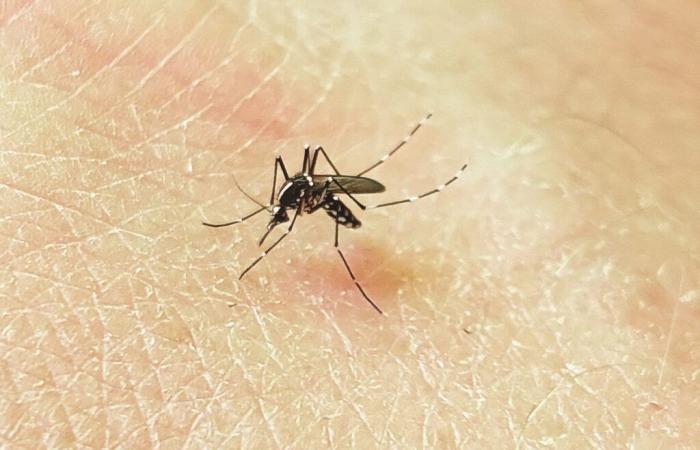The current epidemic episodes of Chikungunya in Reunion and dengue in the Antilles reach worrying levels. They have been the source of a good number of cases imported into France since the start of the year, multiplying the risks of the occurrence of indigenous epidemic foci.
To limit this risk, public Health France in connection with the ARS is implementing, as every year, in mainland France, monitoring of the tiger mosquito (Aedes albopictus) and cases of arboviroses, from May 1 to November 30, period of stronger mosquito activity. This system is based on both a collective prevention action (in particular demoustication), the involvement of health professionals and vigilance in the face of health risks linked to arboviroses.
Prevention measures to promote
The fight against the tiger mosquito is based above all on the awareness of the population and the prevention of bites. With 80 % of the places of development of the tiger mosquito in a private environment, the mobilization of the public is decisive.
The actions to be implemented on a daily basis are simple and applicable everywhere:
- Delete, cover or turn all the containers that can accumulate stagnant water promoting the proliferation of the tiger mosquito. Likewise, check the right flow of rainwater in the gutters and gutters;
- Protect yourself from bites by wearing long and ample clothes, using suitable repellents and installing mosquito nets.
Communication tools (flyers, posters) are available for download from the ARS website, such as the ARS of Nouvelle-Aquitaine or Île-de-France, and can be given to the public.
-Know how to detect arboviroses
The majority of cases of dengue, Chikungunya and Zika in mainland France are “imported” by travelers returning from areas where these viruses circulate. During a trip, prevention measures, in accordance with health recommendations for travelers from the High Council for Public Health, must be set up. A new edition of these tips is expected next June. Already the High Council has changed the current recommendations to integrate the vaccination against the dengue of certain populations.
Thus, the clinical signs of a arbovirosis should be known and quickly identified, mainly in travelers returning from endemic areas. In the absence of other identified infectious foci, the evocative symptoms are a brutal fever, muscle and joint pain, headache and rashes.
In the event of suspicion of dengue, Chikungunya or Zika, the patient must be oriented towards a doctor for the implementation of biological analyzes necessary for the diagnosis. These are mandatory declaration diseases. Their diagnosis in a person automatically triggers an investigation to identify the tiger mosquito around their home and possibly a demoustification operation. The details of the driving to be held around a case are available on the ARS website.
Report the presence of the tiger mosquito
The portal of the National Agency for Food, Environmental and Work Safety and Work (ANSES) of reporting the Tiger Mosquito makes it possible to point out the presence of mosquitoes by joining a photograph for confirmation by the health authorities. The rise in information in real time makes it possible to assess the risks and take the appropriate measures.








